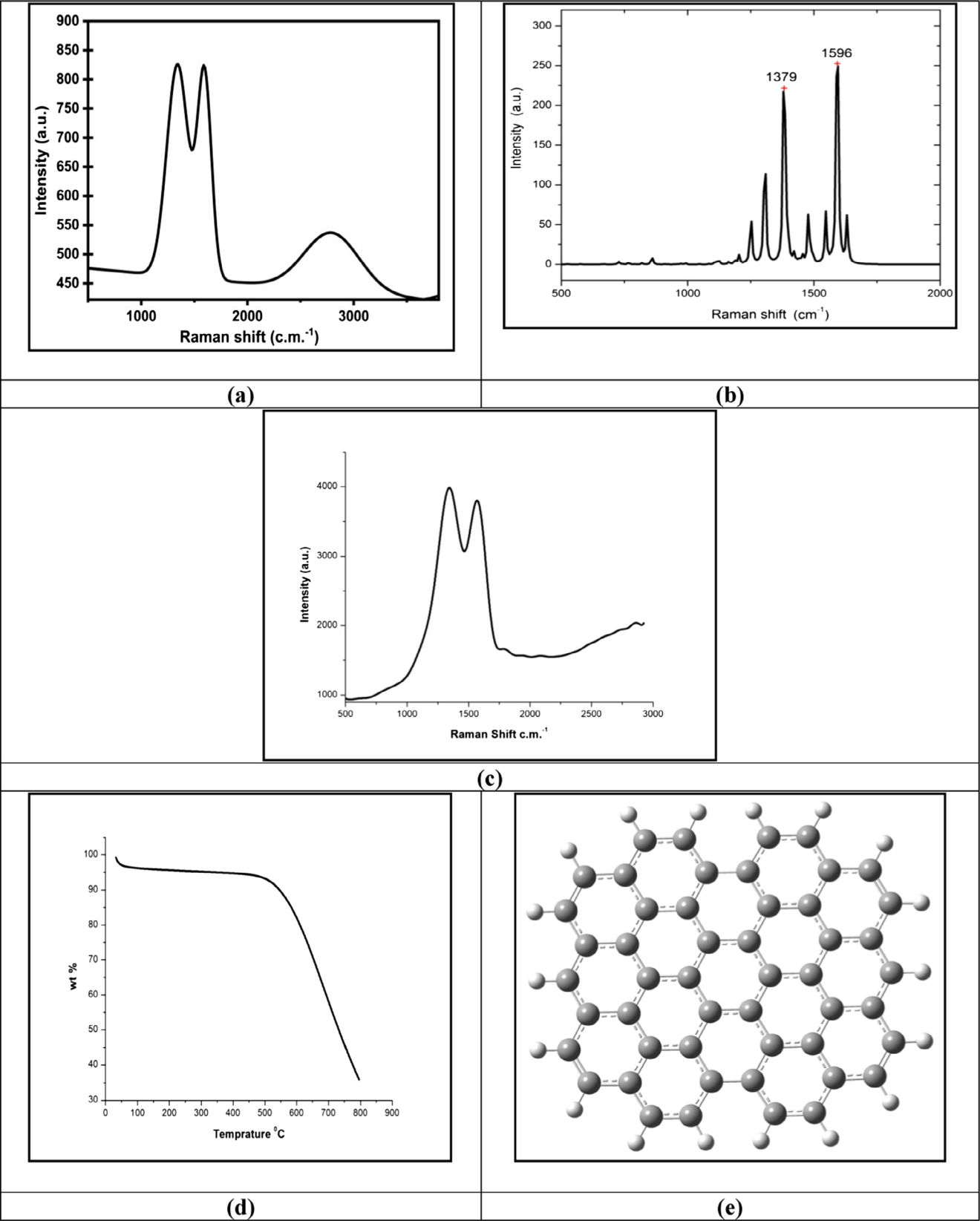Reduced Graphene Oxide (rGO), as the name suggests, is a compound (reduced form of graphene oxide) that attains by the synthesis of graphene oxide by reducing oxygen in it. Graphene oxide is a compound of graphene that consists of carbon, oxygen, and hydrogen, which undergoes thermal, chemical, and many other rigorous methods to remove the oxygen groups. Ultimately it eliminates the demerits of graphene oxide and restoring conductivity.
The reduction of graphene is one of the most cost-effective methods to reach the properties of pristine graphene. The initial component is graphene, which is synthesis from graphite, is a single-layer hexagonal structure compound that is an allotrope of carbon. It is considered a strong material on earth and has numerous applications from defense to electronics and textiles. Usually, reduced graphene oxide is available in powder form; however, the researchers can perform dispersion by their requirements or buy the dispersed state.
The client can purchase it in powder and disperse form at a low-cost and efficient price. It is available per gram or kg and is customizable according to the client's needs if the order is in bulk.
.webp)

Fig. 1. (a) Raman spectra of graphene nano sheets (experimental); (b) Raman spectra from computational modeling, (c) Raman spectra of black charred residue (d) TGA curve, (e) hexagonal structure of graphene nano sheets showing two main types of edges, zig-zag and armchair

Fig. 2. (a) XRD spectrum of graphene nano sheets, (b) FT-IR spectrum of graphene nano sheets, (c) UVvis spectrum of graphene nano sheets, and (d) TEM images of graphene nano sheets.

Fig. 3. (a) 66 periodic hexagonal cell of defected graphene nano sheet, (b) quantum capacitance (Co) of graphene with structural imperfections (defects) extracted from their respective electronic density of states (DOS) proles, (c) The pristine graphene shows perfect zero band gap at the T-point of brillouin zone, and (d-g) all the defect cases [1.38%, 4.16%, 6.94%, and 9.72% ] show metallic nature as observed through Fermi level crossing of energy bands.